- 17,420

- Melbourne
- ScottPuss20
- CheetahsMeow
It looks like a sedan and a supercar had a baby...Looks like a cyclops.

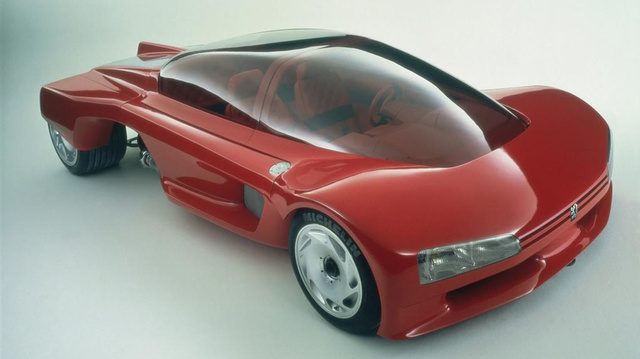
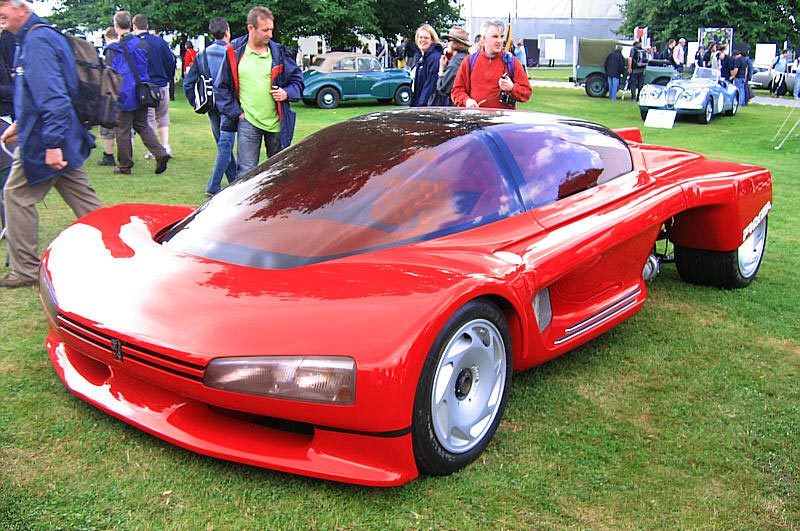
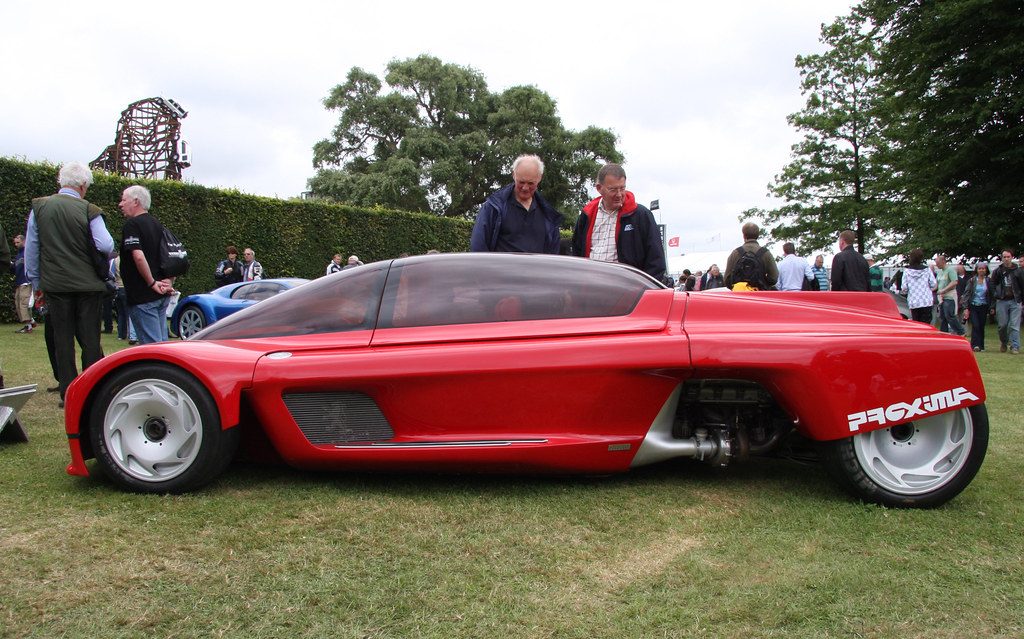
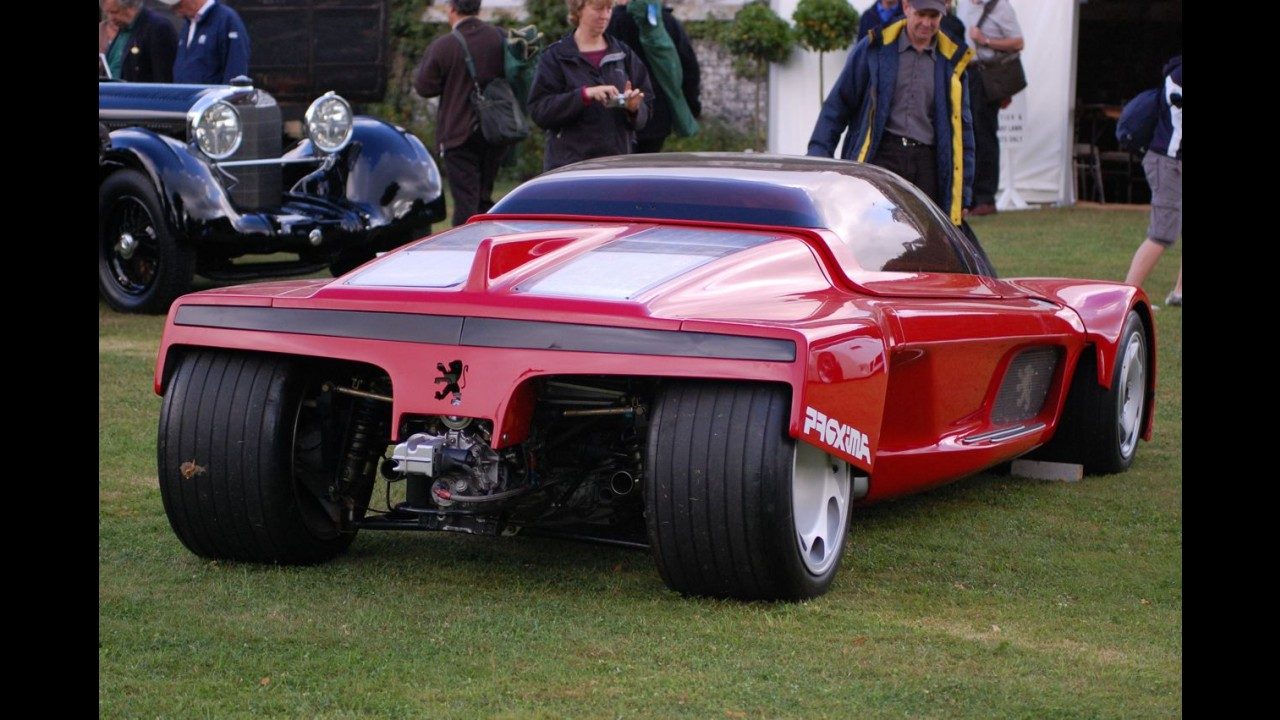
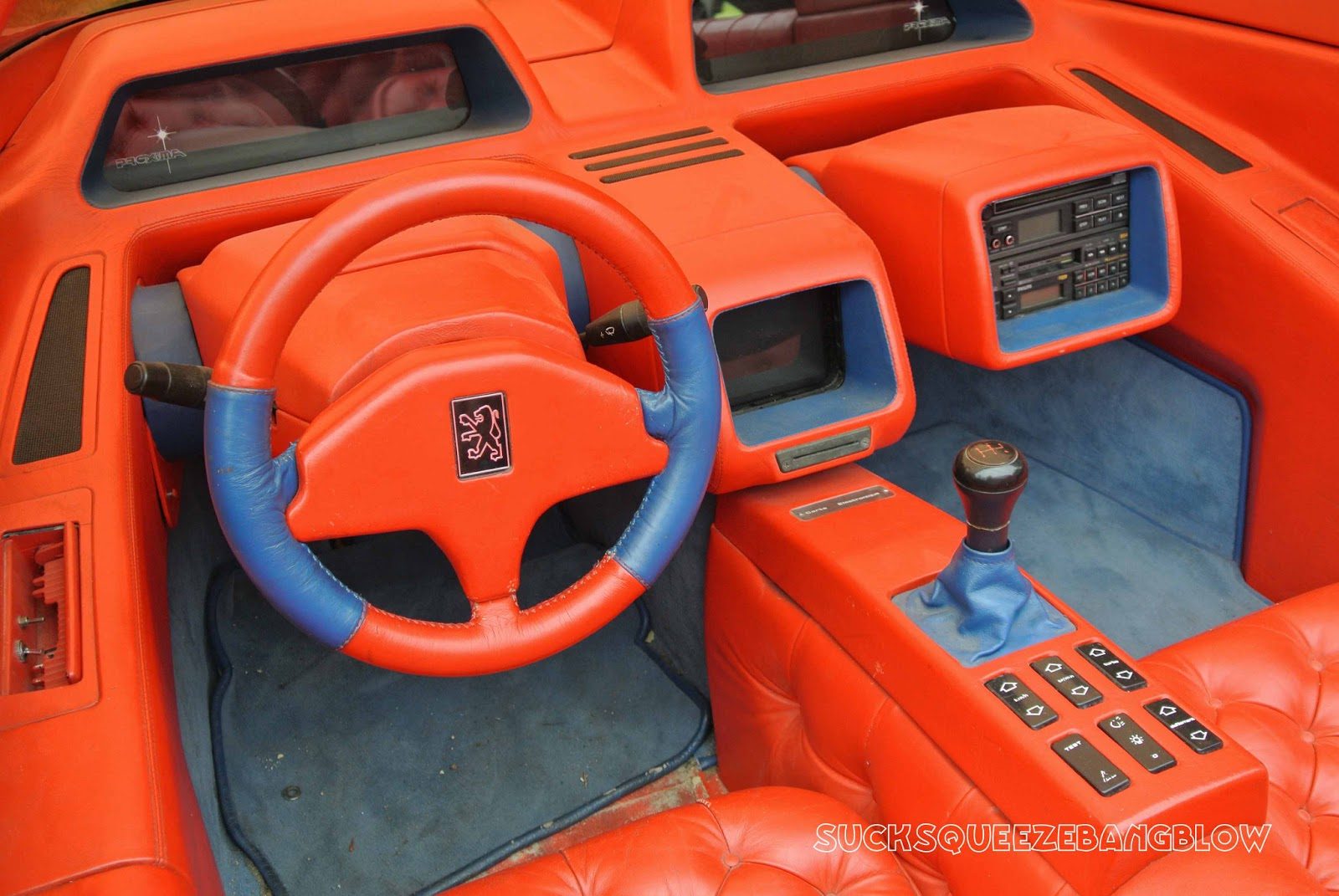



They almost certainly just put the Taurus front subframe in the back and locked the tie rods like on the Fiero and called it. It's not like it had to do much but putt around from a trailer to a convention booth and back.This mid-engined, low-and-wide four-door supercar is surprisingly based off the Ford Taurus SHO out of all cars. In the interior, the driver seat was in the center with two seats behind it, therefore it sat three. Power figures and performance stats are unknown.
Looks like a cyclops.
I still want it though.
----------------
Thanks @dragster666!
Peugeot Proxima Concept 1986

The body of this coupe is 1374 kg, created by the Peugeot Style Center and inspired by the work of the designer Luigi Colani. It is composed of composite materials, including resins and carbon fiber, and a large glazed polycarbonate cockpit.
The vehicle is powered by a twin-turbo V6 engine, 24 valves, 2849 cc, 680 hp, for a top speed of 348 km / h. A traction control solution provides automatic adaptation of the transmission between propulsion and four-wheel drive when a risk of rear wheel slip is detected.
Two on-board computers and five high definition color displays assist the driver with one of the first prototypes of satellite navigation system (GPS), five cameras, a collision-avoidance radar and an electronic key-card. The heat produced by the sun on the large glass dome of the cockpit is cooled at rest by a temperature regulation powered by solar panel on the rear cover.




It's so crazy that I love it!
Right, I'm a bit late on this, and also sorry, but I couldn't resist


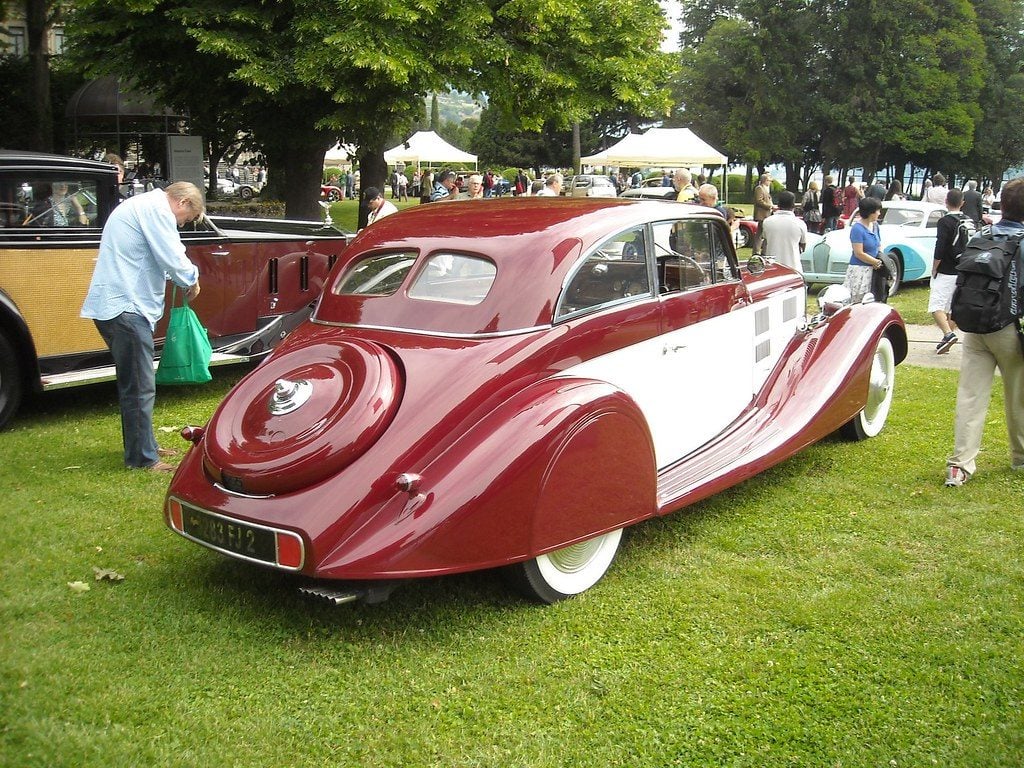
This is a new one for me also. Delages are gorgeous machines.
1935 Delage D8-105 Sport Coupé with coachwork by Autobineau
I consider myself fairly well schooled on European coachbuilders from the Interwar years, but this is the first I've ever heard of Autobineau. In 1934 Delage launched a couple variants of the D8 including the flagship D8-105. It used a 3,570cc inline-8 engine designed by Arthur-Léon Michelat. The D8-105 was offered in Sport and Légère (Light) versions. Both came with the twin-plug, high-compression engine and were offered at 68,000 Francs and 75,000 Francs respectively. For the D8-105, Delage commissioned Letourneur et Marchand to design a new coupe body which was illustrated in the 1934/1935 Delage catalogue. Four cars were made up to this design and one achieved 152 kph at Montlhéry. In April of 1935, Delage was bought outright by Delahaye and the model range was updated to reflect Delahaye designs with Delage engines and hydraulics. Autobineau bodied the other four: two on the ‘S’ chassis (one left-hand drive, one right-hand drive) and two on the ‘L’ chassis (one left-hand drive, one right-hand drive). This car – right-hand drive chassis number ‘40123’ – is the only known survivor of these four. It's a truly elegant design with a light, airy greenhouse and smooth lines. I need to find more of their designs, find out who their designer was. This is stunning.
I just added a rear view as well.This is a new one for me also. Delages are gorgeous machines.
It's expensive, but it's not Bentley expensive.There's even a very expensive, French only book written about them.
https://www.librairie-passionautomo...ers-francais-9791028301415-9791028301415.html
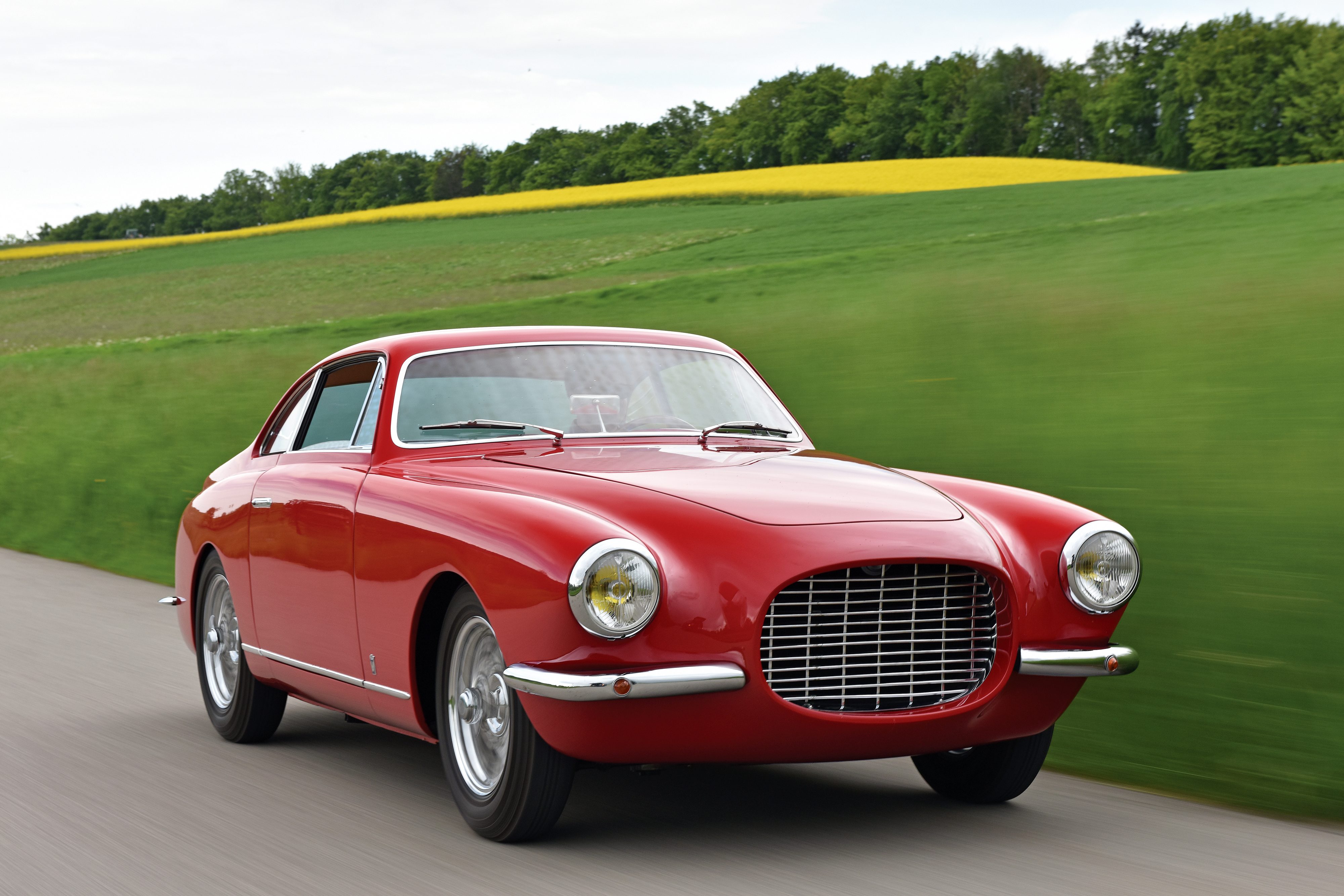
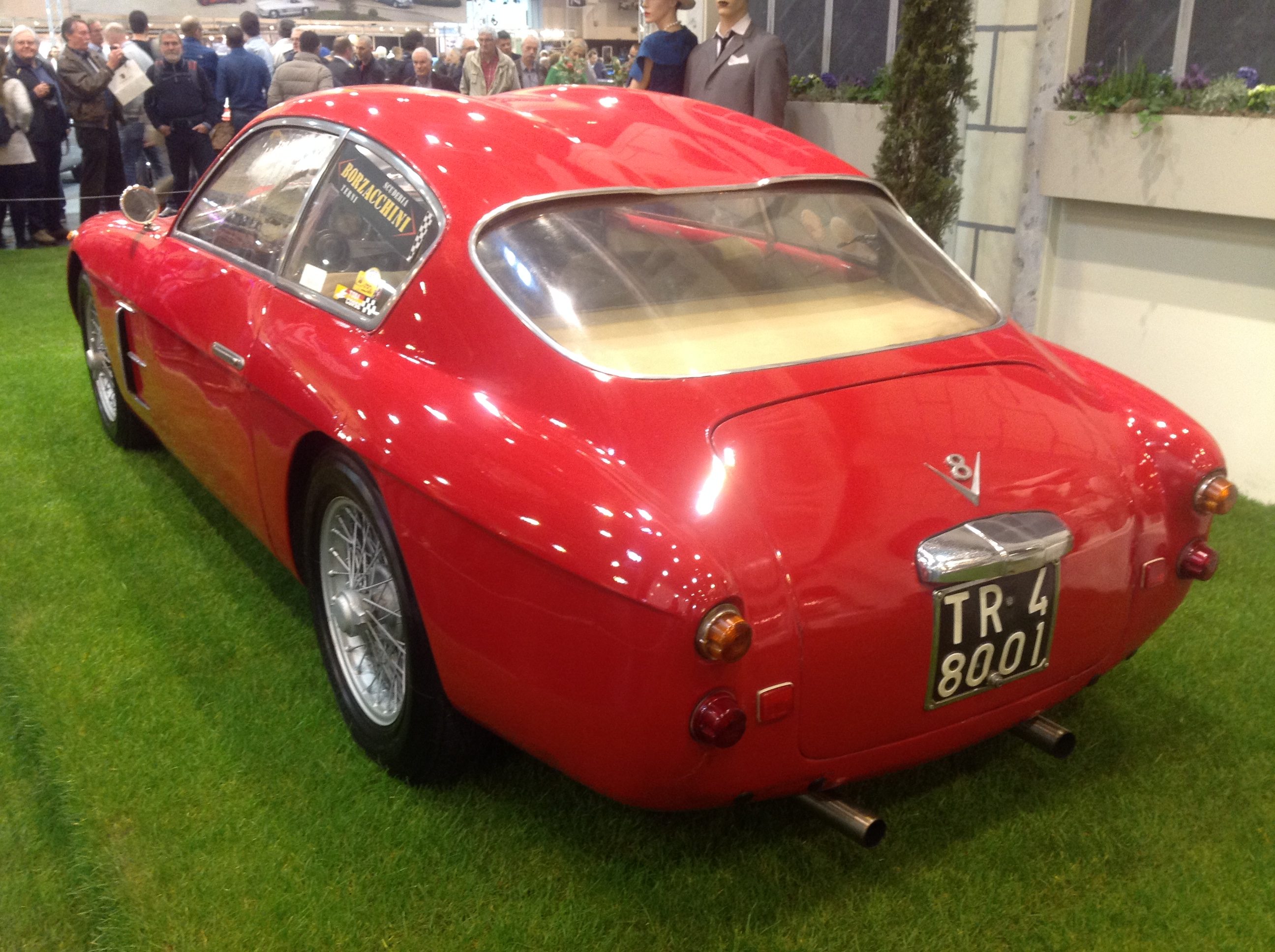

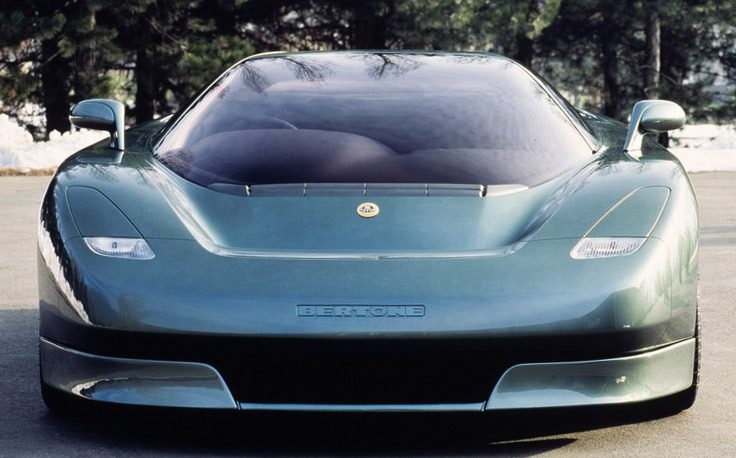
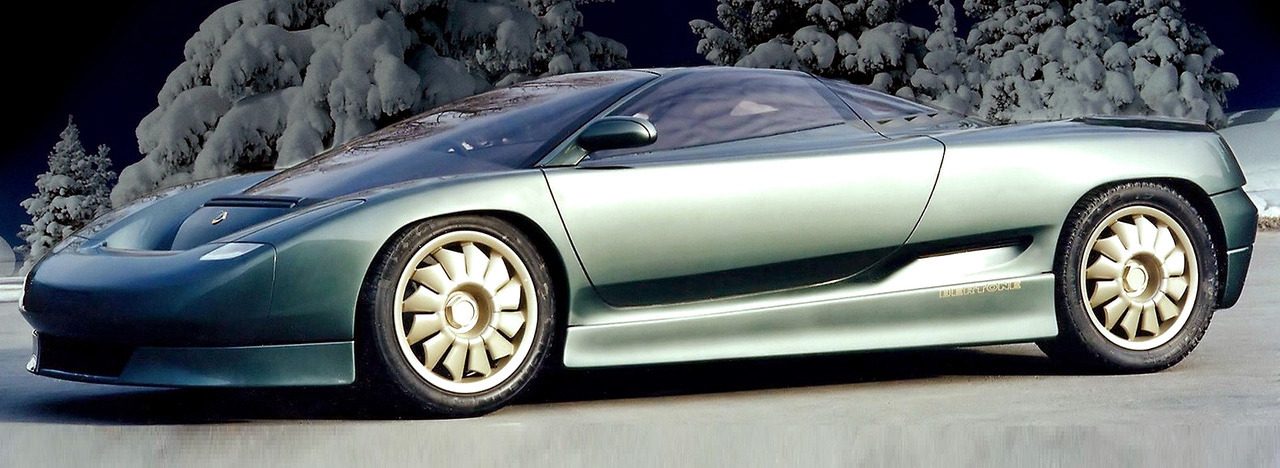
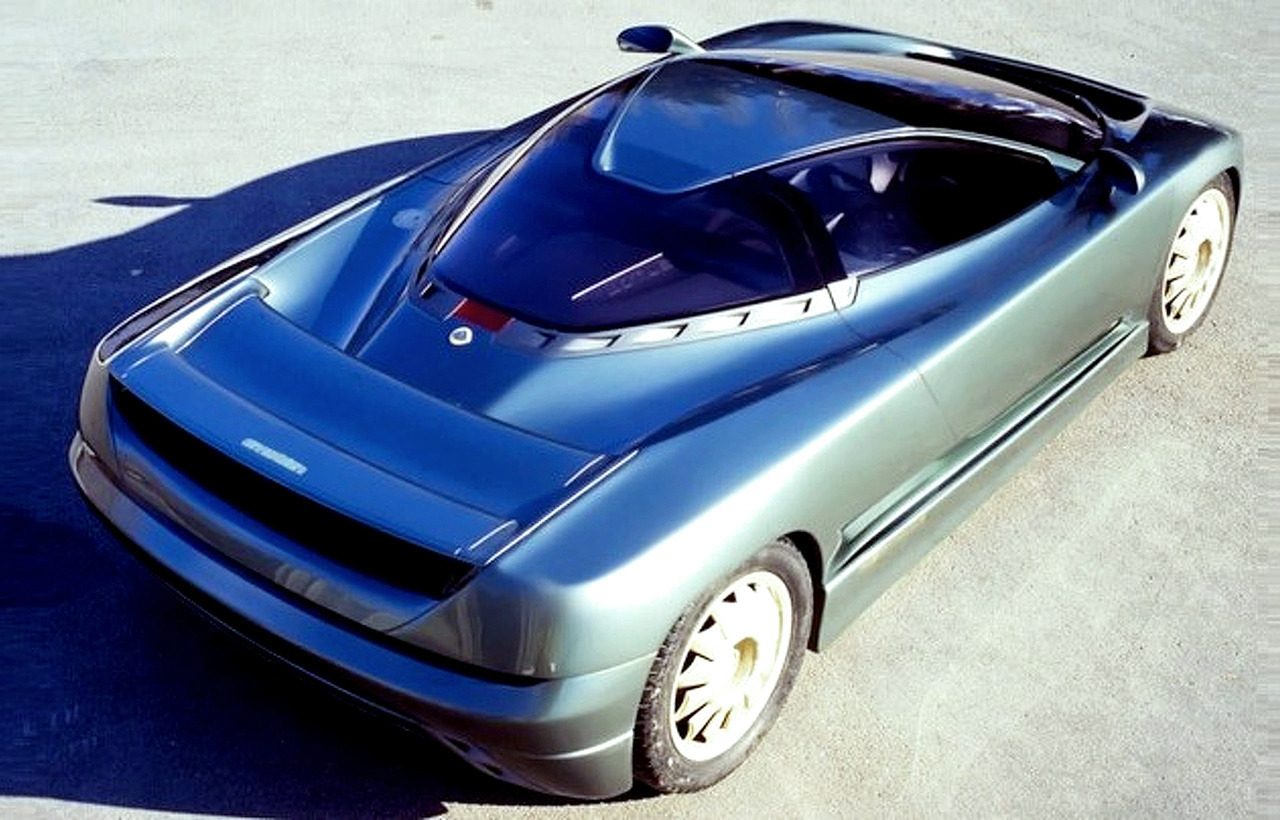
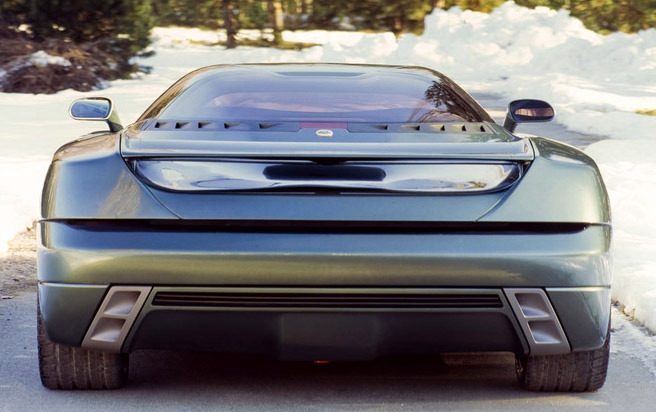
I have never seen this before.Audi Group S Rally Car
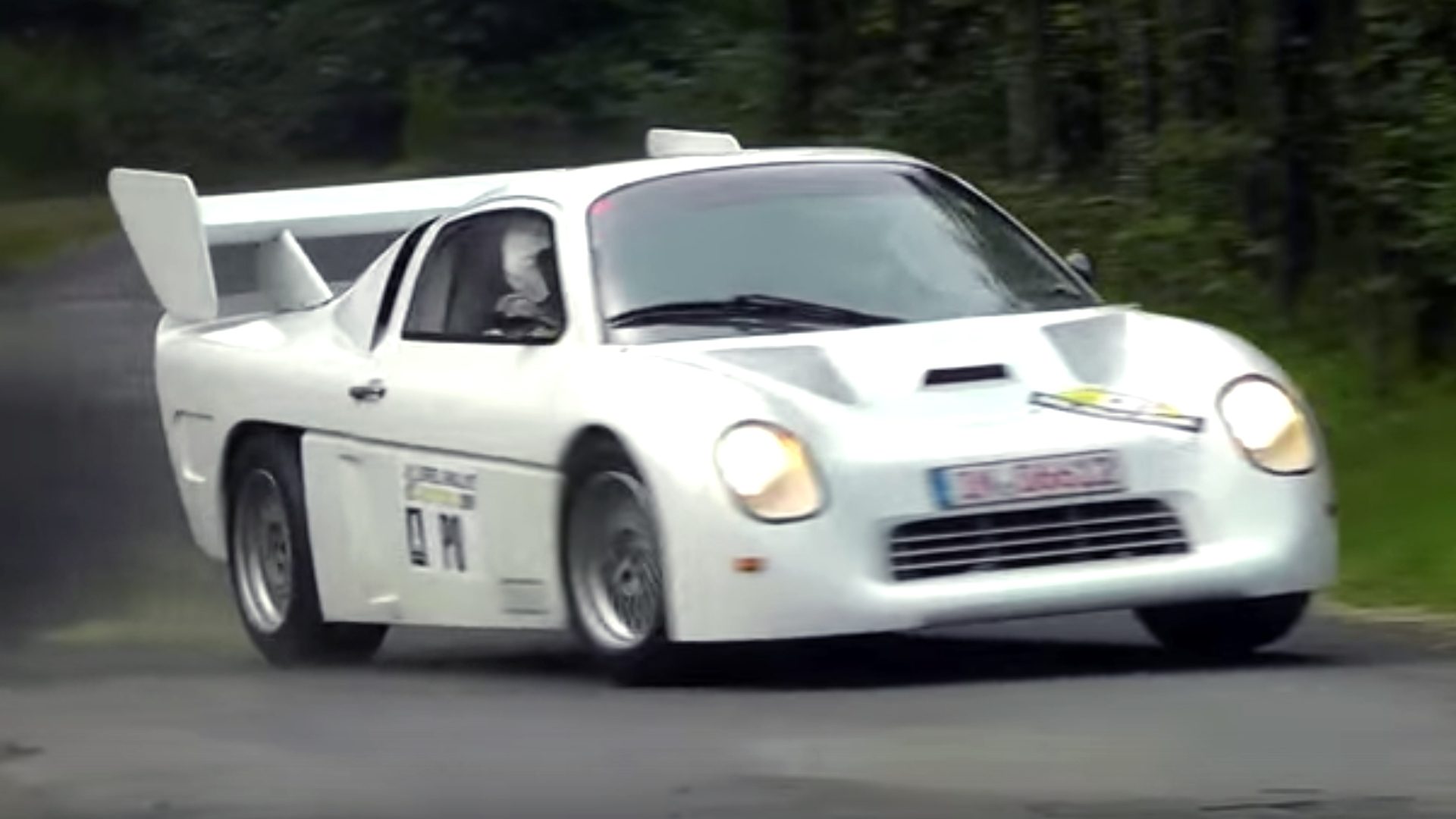
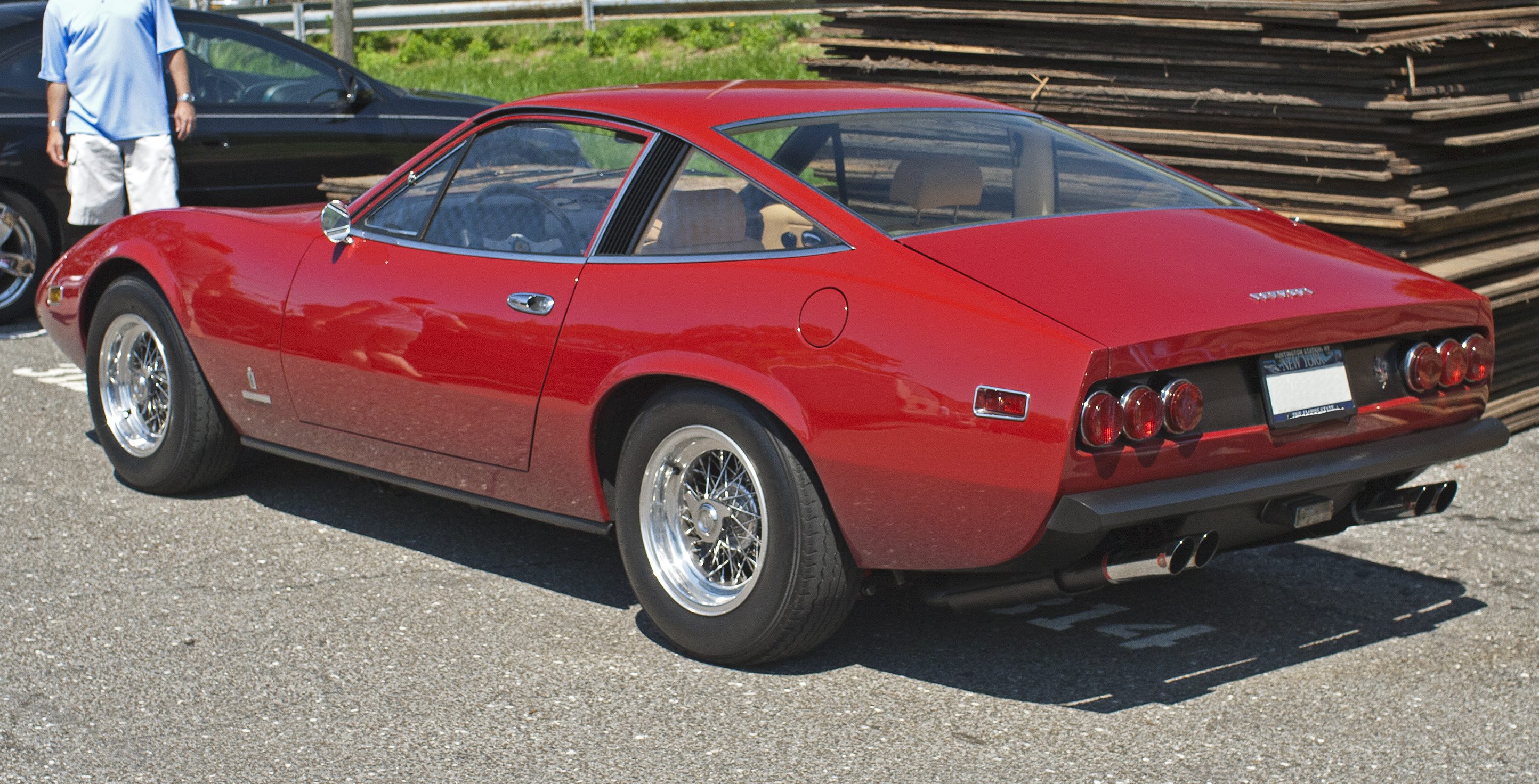
This is a new one on me, too. Definitely very attractive. Surprised they only made it for two years.I have never seen or heard of this particular Ferrari till the Ferrari Days at the Nürburgring 2 weeks ago. it looks really sleek in reallife. Also it was completely different looking compared to all the other Ferraris which were there. (like it isn't even a Ferrari)
A front engined 2+2 Seater.
Ferrari 365 GTC/4
